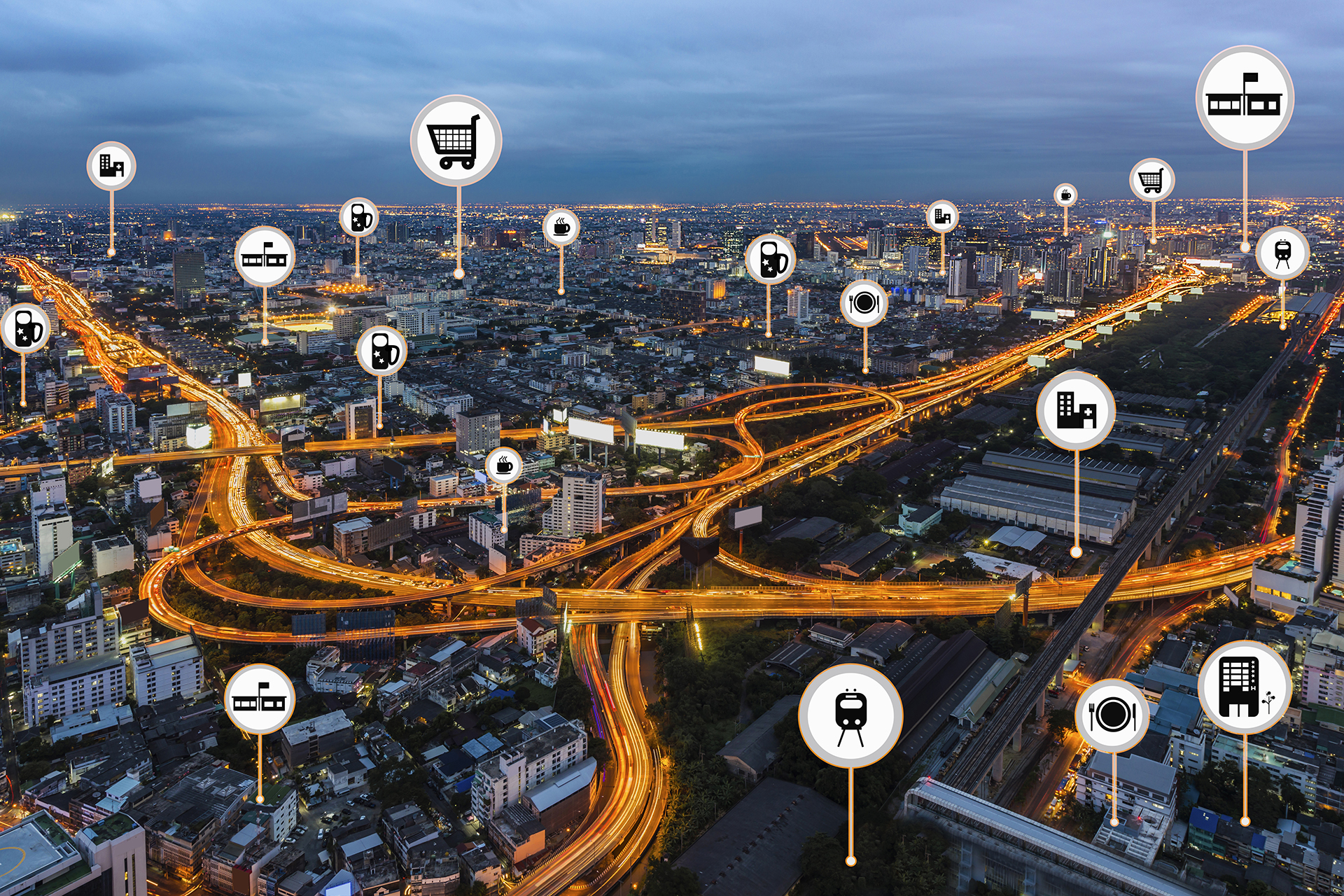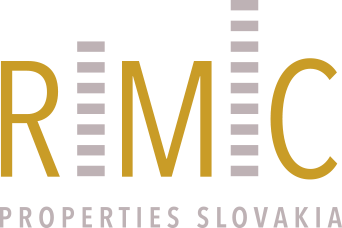Current trends in global development and future challenges

Smart City, the concept introduced in the previous articles, is a new approach to the sustainable development of urban regions, cities and municipalities, their management and spatial and strategic planning. As its name suggest, Smart City focuses on urban innovations. Since 2017, almost all cities of the Western Europe have been developing comprehensive solutions under their own Smart City concept.
Nowadays, self-governing bodies are becoming increasingly interested in the development of Smart City concepts. Some of these concepts are subsequently reflected in individual innovative projects. It should be pointed out, however, that the Smart City initiatives still lack adequate support. Research conducted abroad confirmed that the “smart” cities approach would not only increase the quality of life of the population, but also improve the business environment, including considerable savings in public finances. Let us have a look at our neighbour Vienna and its adjacent municipalities, where the self-government, in cooperation with small and medium enterprises as well as university institutions (a great source of creative and innovative potential), are a driving force behind the current changes. From my point of view, as a spatial planner focusing on the territorial-strategic development of settlements, the implementation of modern information and communication technologies is only one of the factors behind the Smart City concept. In our view, innovations that are at the heart of the Smart City strategy are not of a technical or technological nature, but of social nature. Technology is a mere tool which helps us implement elements of this concept. Bear in mind that in order to implement urban innovations in the required quality, all interested parties must join forces – the public, non-profit organizations, entrepreneurs, university institutions and self-government bodies (the so-called – “bottom-up” approach). The city of Kežmarok elaborated the Smart City concept as one of the first cities in Slovakia. The city of Poprad created the Slovak Smart City Cluster initiative. The city of Nitra has already introduced its “smart” city concept. Each self-governing region should consider introducing its “smart” city / municipality strategy, as the neighbouring countries work tirelessly on the implementation of their smart projects.
Current trends in global development
Cities and municipalities are economic, social and cultural hubs, a driving force for the implementation of urban innovations. On the one hand, these places are full of opportunities in terms of innovative methods and sustainable development and ideas on how to improve life of their citizens, on the other hand, they face the challenges brought about by the 21st century – pressing social, economic and environmental issues such as globalization, climate change, pollution, social inequalities, etc .. The most pressing concern we face nowadays is the digitization and central processing of data. This concerns not only the process of transforming information into its most effective form, but also the integration of digital technologies into everyday life of citizens. It is through digitization that issues concerning urbanization itself should be gradually addressed. It is essential that the future solutions involve all the parties interested. The concerns of citizens should be clearly reflected in the Development Programs of Cities and Municipalities – the strategic documents in the development of local governments.

How do we improve the quality of life in cities and municipalities?
From the point of view of spatial-strategic planning, there are several factors which have a direct impact on the quality of life as well as the business environment. In particular, we talk about a quality public space that reflects the need to adapt to the adverse effects of global changes, in particular climate change. As part of urban development activities, it is important to incorporate into the urban study individual green and blue elements we described in the last issue of Obecné noviny. Sustainable mobility, quality services, safety, social inclusion, information provision and many other aspects that flexibly meet the changing needs of individual specific groups of residents and visitors should be taken into account, too. The current trend is to provide cities and municipalities with incentives that would bring the talent of their inhabitants to the forefront and also help the community life, social life and local economy to thrive. The financing of the proposed projects is also a key issue. The European Union introduced several initiatives to support projects aimed at the sustainable development of regions, cities and municipalities. These European Union funds, together with public funding, i.e. funds from the state budget, are the primary source of Smart City projects support. It is necessary to clearly define the individual aims of projects and create effective support mechanisms that would help the interested parties with drawing financial support in the most efficient way. At the same time, it is important to motivate citizens to participate in their local government.

